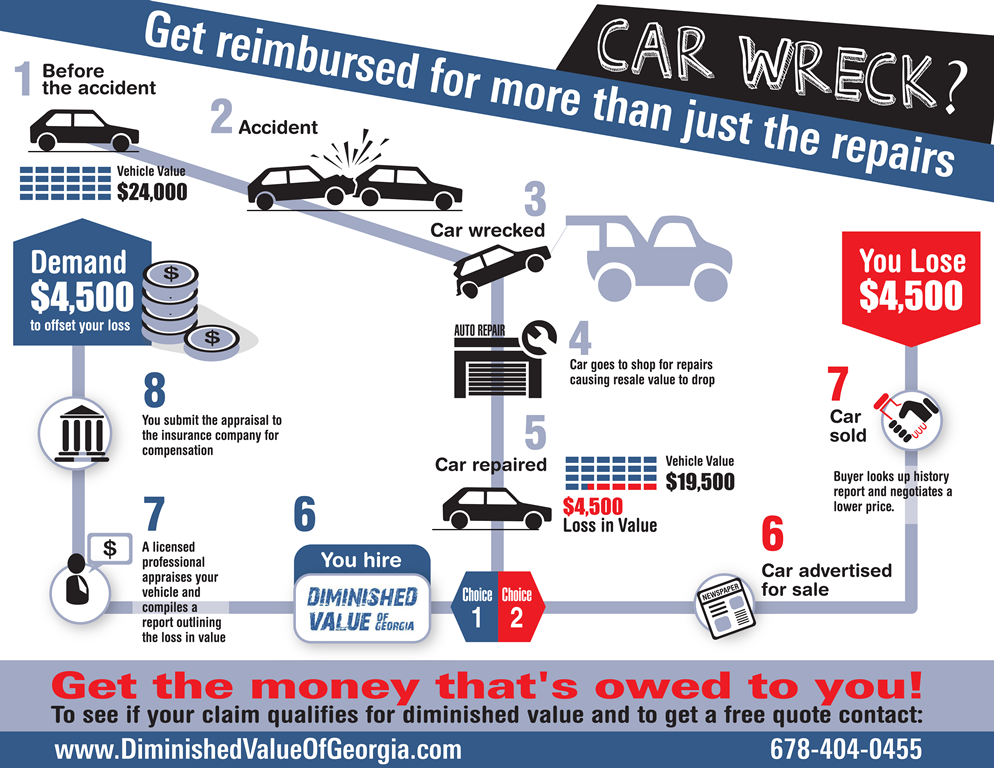Realizing The Significance Of Your Car'S Warning Signals: What They In Fact Stand For
Realizing The Significance Of Your Car'S Warning Signals: What They In Fact Stand For
Blog Article
Material Writer-Faulkner Corbett
When you lag the wheel, those radiant warning lights on your dashboard can be a bit puzzling. Do you recognize what they're attempting to inform you concerning your automobile's health and wellness? Understanding the relevance of these lights is essential for your safety and security and the longevity of your car. So, the next time one of those lights turns up, would not you wish to understand its message properly and take the required actions to address it?
Common Warning Lights and Interpretations
Determine common warning lights in your automobile and comprehend their meanings to guarantee safe driving.
One of the most typical caution lights include the check engine light, which signifies concerns with the engine or emissions system. If this light begins, it's essential to have your car inspected without delay.
The oil pressure warning light shows reduced oil pressure, needing immediate attention to stop engine damage.
A blinking battery light may recommend a malfunctioning billing system, possibly leaving you stranded if not resolved.
The tire pressure tracking system (TPMS) light notifies you to low tire stress, impacting automobile security and fuel effectiveness. Ignoring this might bring about harmful driving conditions.
The abdominal muscle light indicates a trouble with the anti-lock stopping system, endangering your capacity to stop rapidly in emergencies.
Lastly, the coolant temperature cautioning light warns of engine getting too hot, which can lead to severe damage if not resolved quickly.
Comprehending these typical warning lights will aid you address problems quickly and preserve secure driving problems.
Value of Prompt Focus
Understanding the common caution lights in your vehicle is just the primary step; the significance of quickly addressing these cautions can not be highlighted sufficient to guarantee your safety and security on the road.
When a warning light brightens on your dashboard, it's your cars and truck's method of communicating a prospective concern that needs attention. Disregarding https://www.washingtonpost.com/travel/tips/road-trip-baby-pandemic-guide/ can cause more severe problems in the future, endangering your safety and security and possibly costing you more out of commission.
Prompt interest to cautioning lights can avoid malfunctions and accidents. For example, a blinking check engine light might show a misfire that, if left neglected, could create damages to the catalytic converter. Addressing this immediately can save you from a pricey fixing.
Similarly, a brake system advising light might signal reduced brake liquid or worn brake pads, critical components for your safety and security when driving.
DIY Troubleshooting Tips
If you see a caution light on your dashboard, there are a couple of do it yourself fixing ideas you can attempt before looking for specialist assistance.
The very first step is to consult your vehicle's manual to understand what the particular caution light suggests. Sometimes the issue can be as simple as a loosened gas cap causing the check engine light. Tightening the gas cap might deal with the issue.
An additional usual concern is a low battery, which can activate different cautioning lights. Inspecting marine wash for rust and guaranteeing they're protected might take care of the problem.
If a warning light persists, you can attempt resetting it by detaching the cars and truck's battery for a couple of mins and after that reconnecting it. Furthermore, examining your lorry's fluid levels, such as oil, coolant, and brake fluid, can help troubleshoot advising lights related to these systems.
Conclusion
In conclusion, recognizing your car's warning lights is essential for keeping your car running smoothly and securely. By without delay attending to these notifies and knowing what they suggest, you can stay clear of costly repair services and possible failures.
Remember to consult your vehicle's handbook for specific information on each advising light and take action accordingly to make certain a hassle-free driving experience.
Remain informed, remain risk-free when driving!
